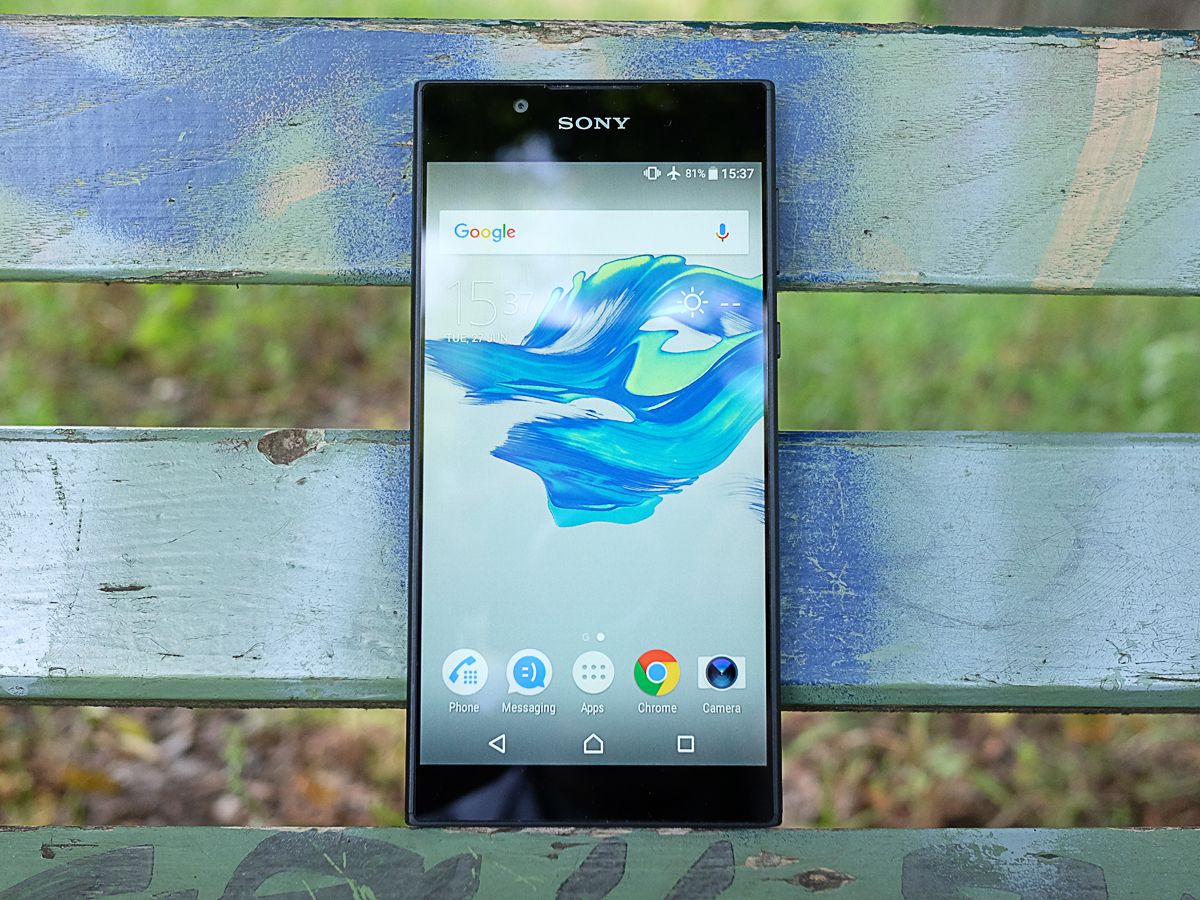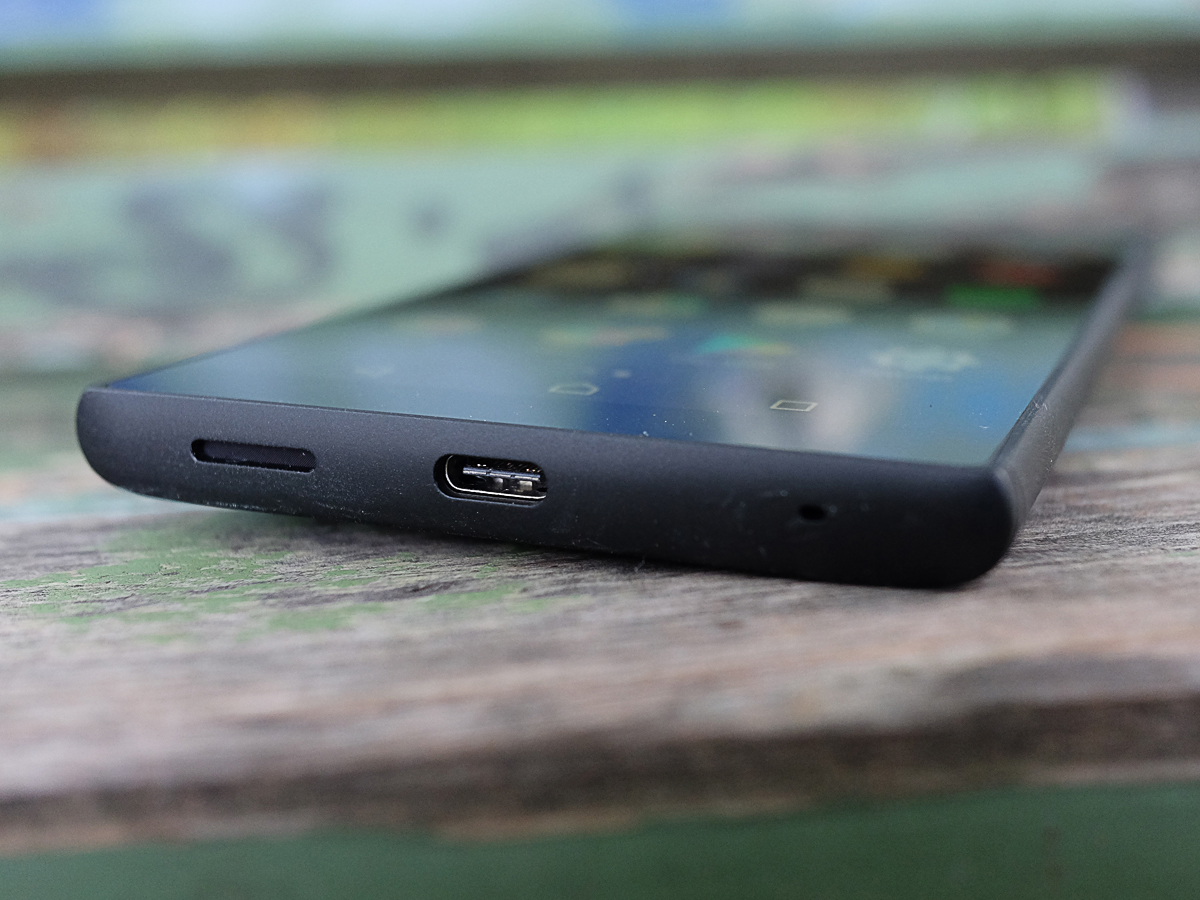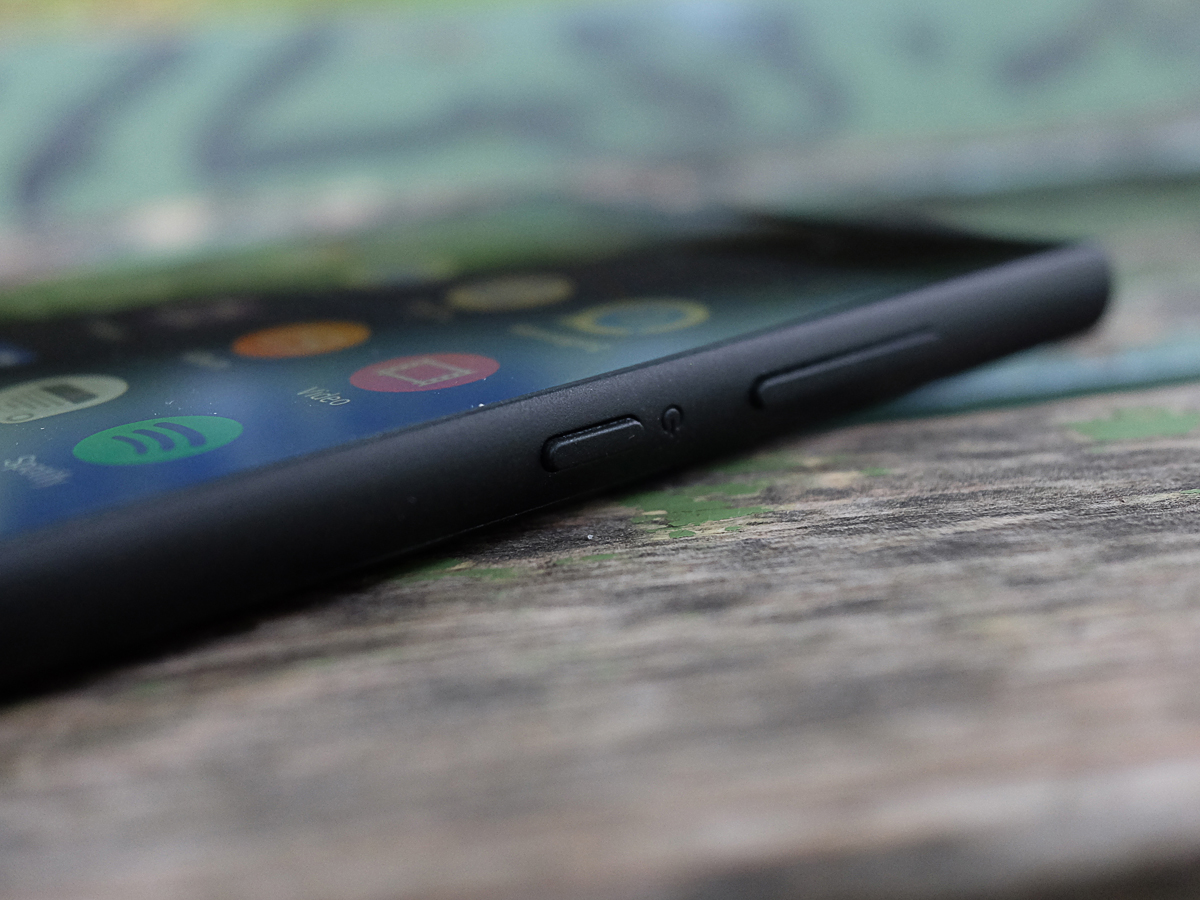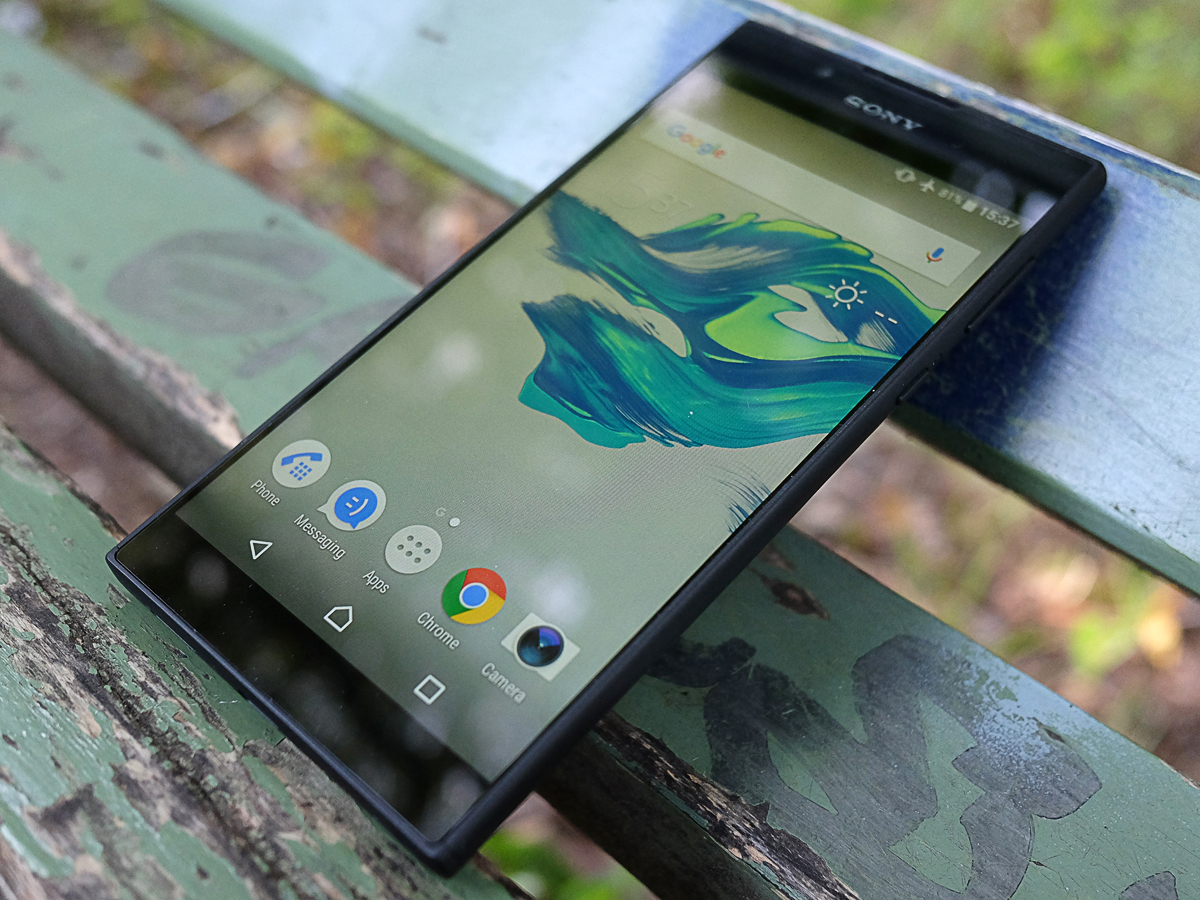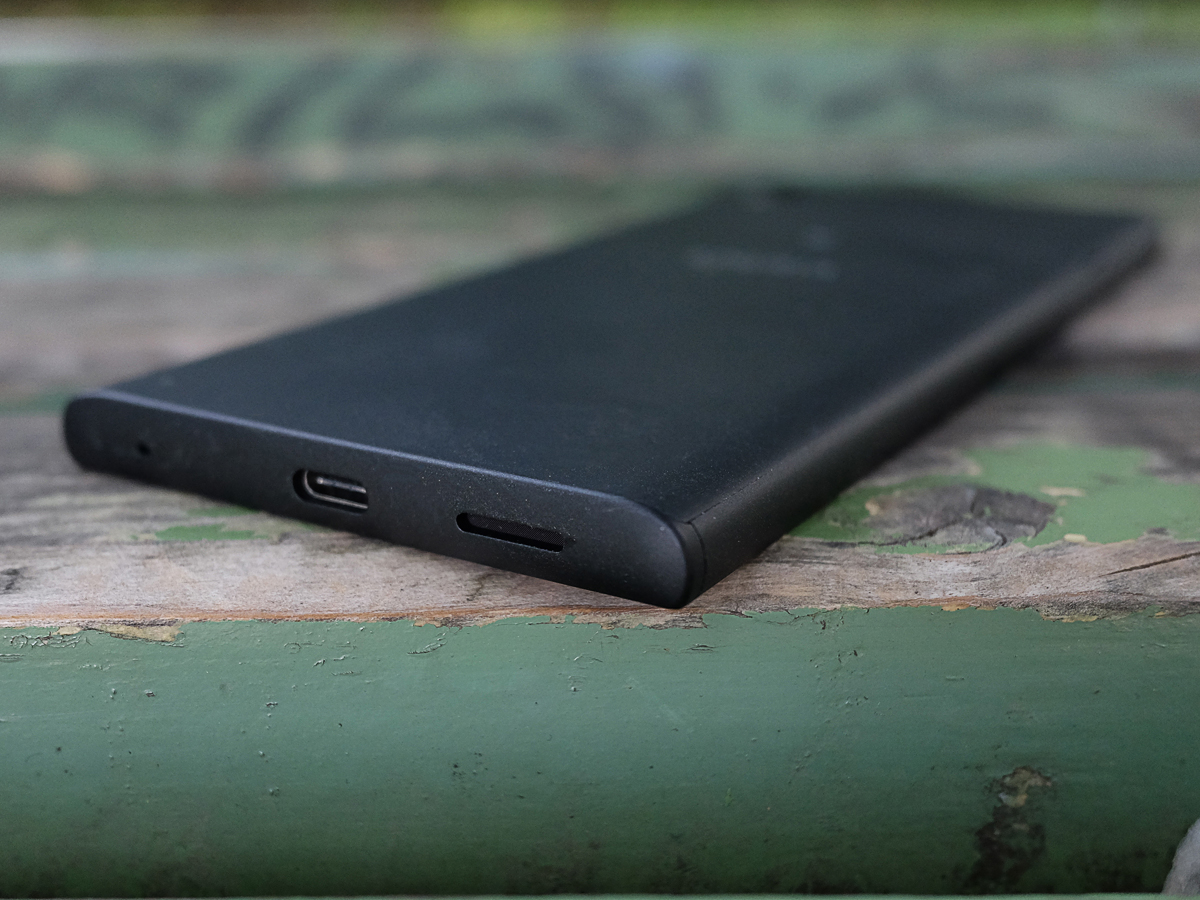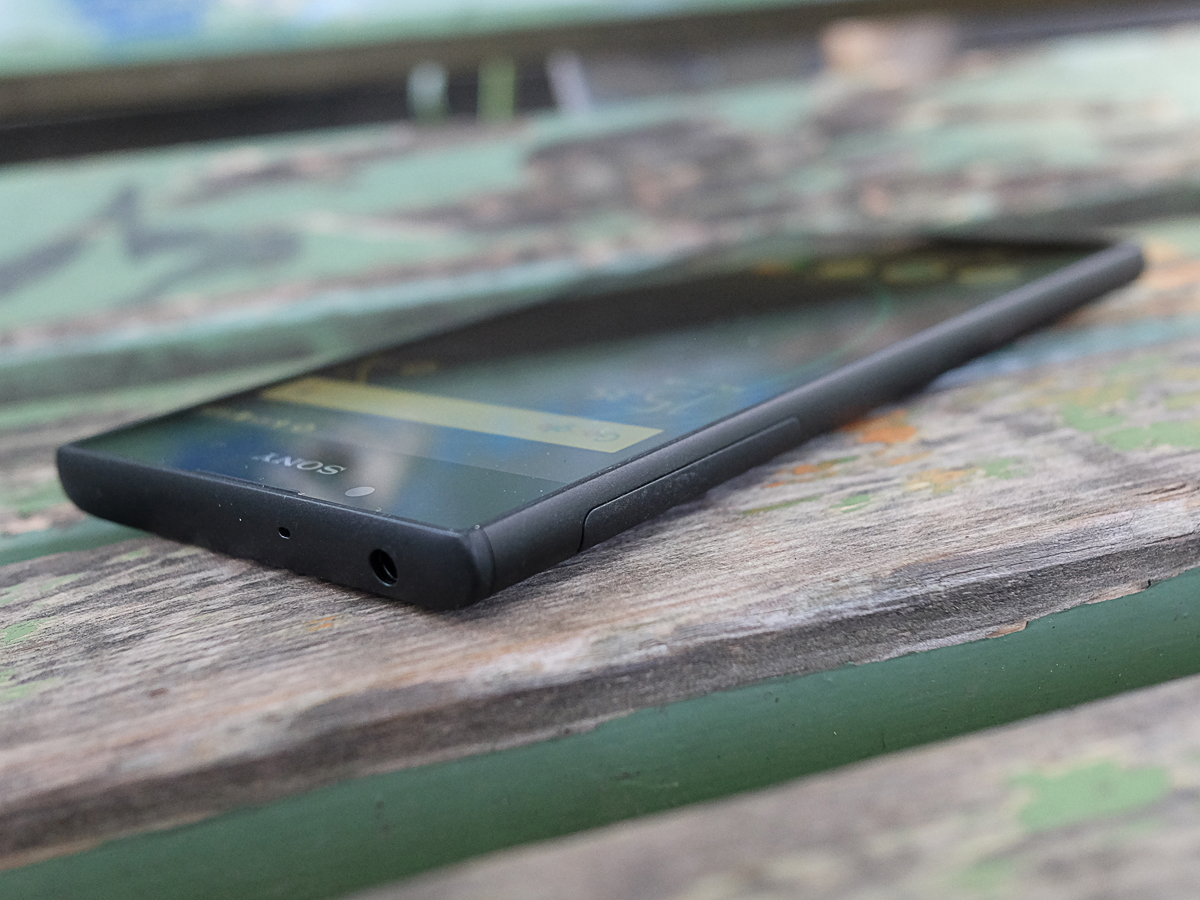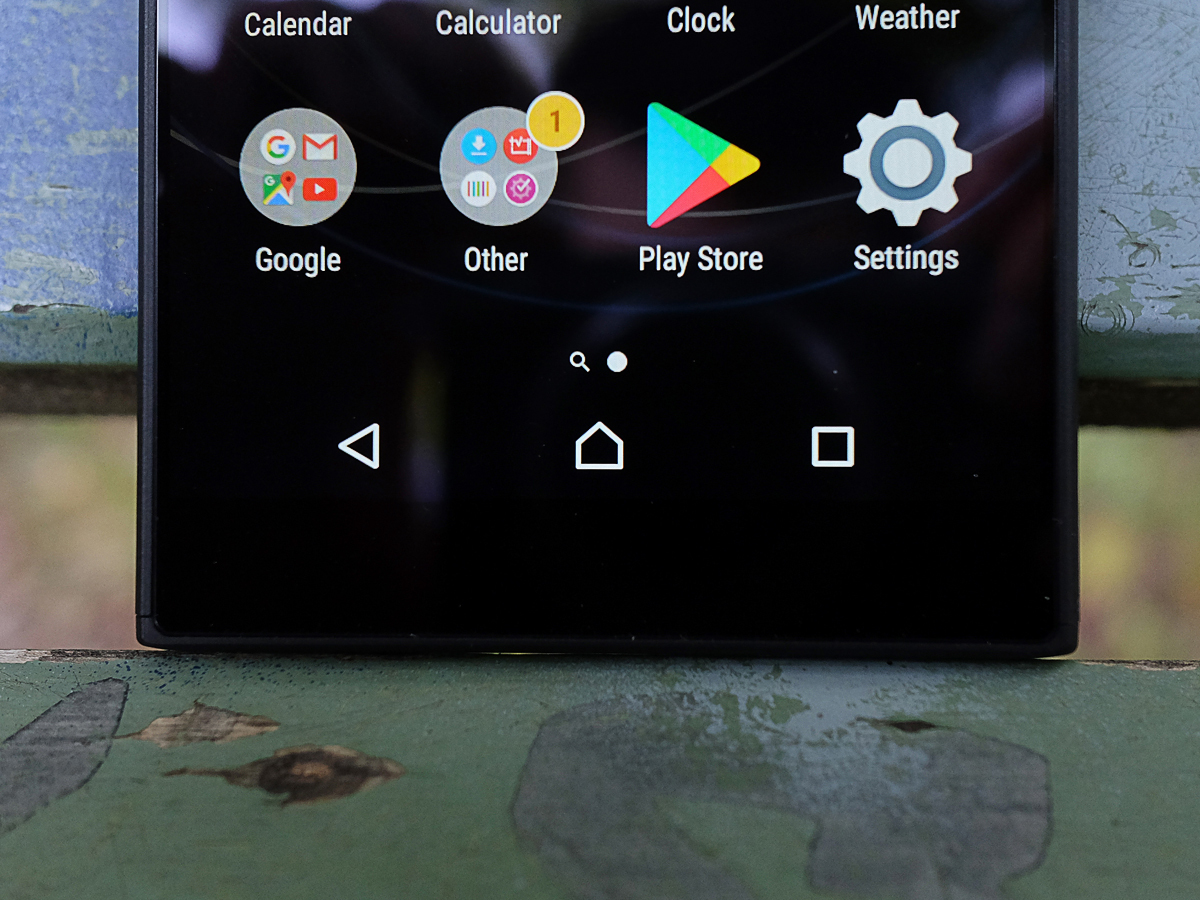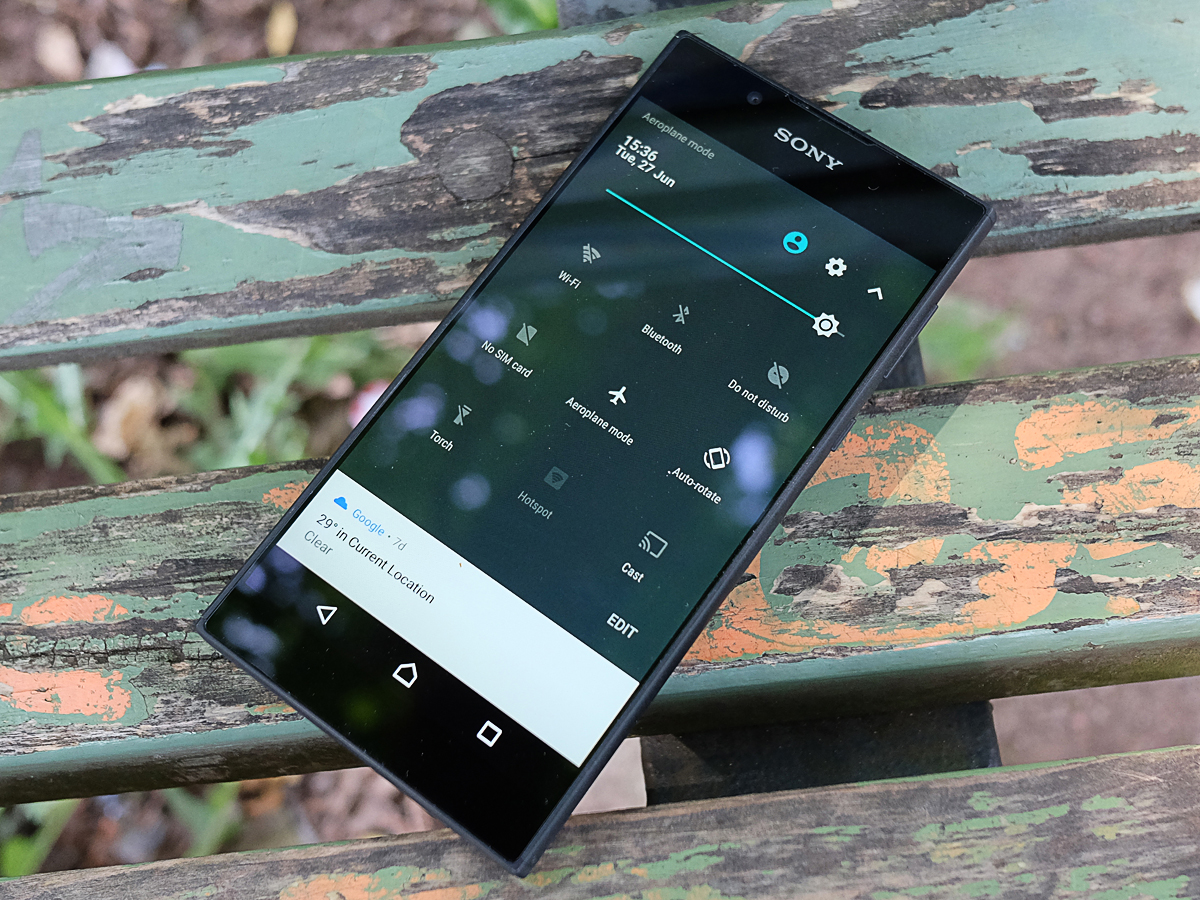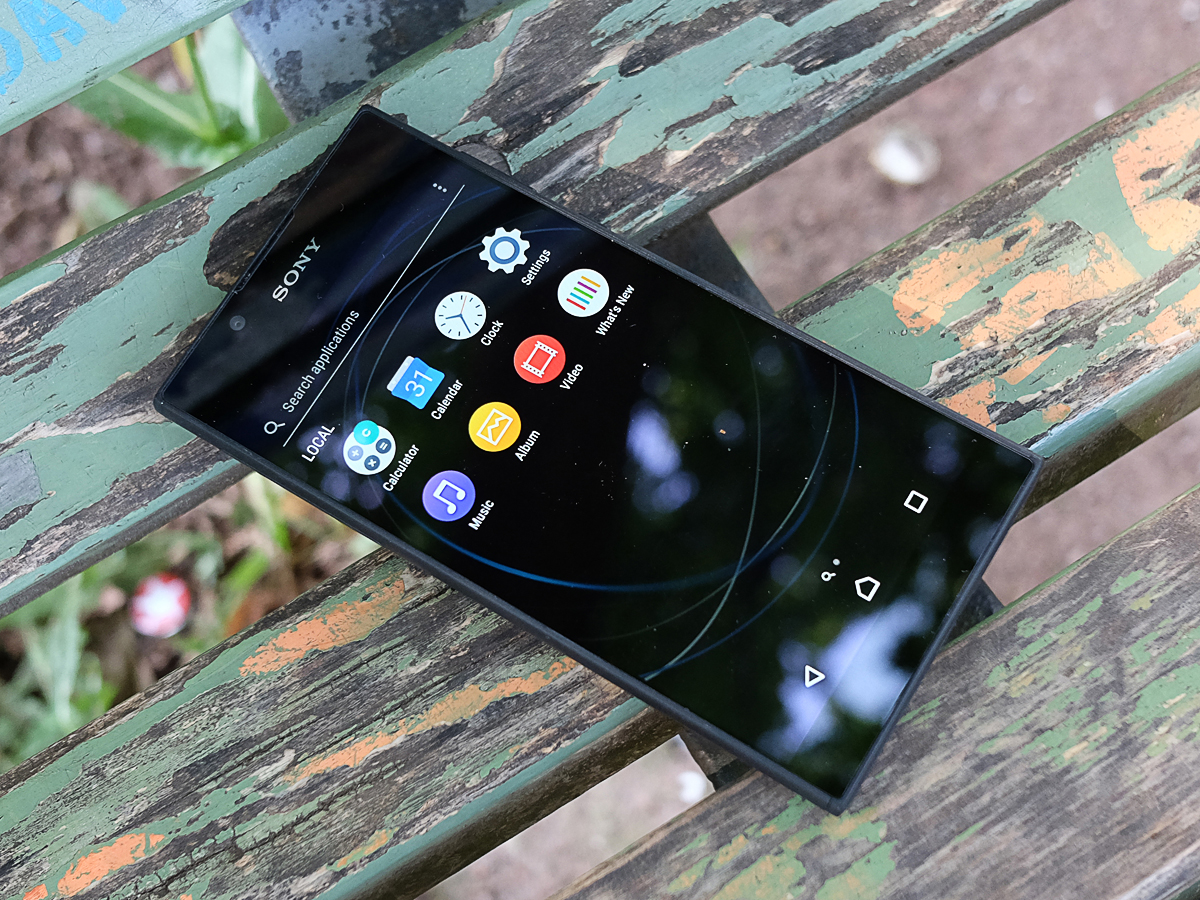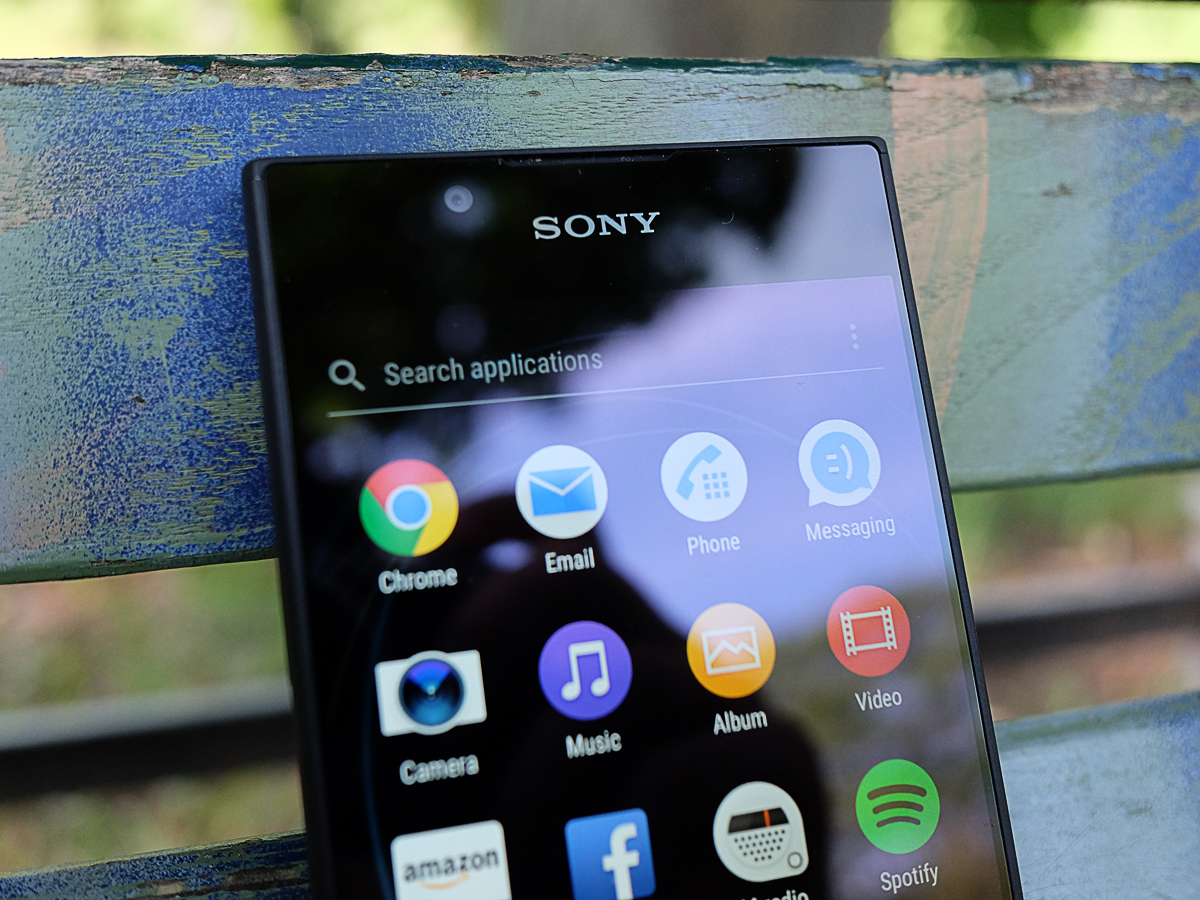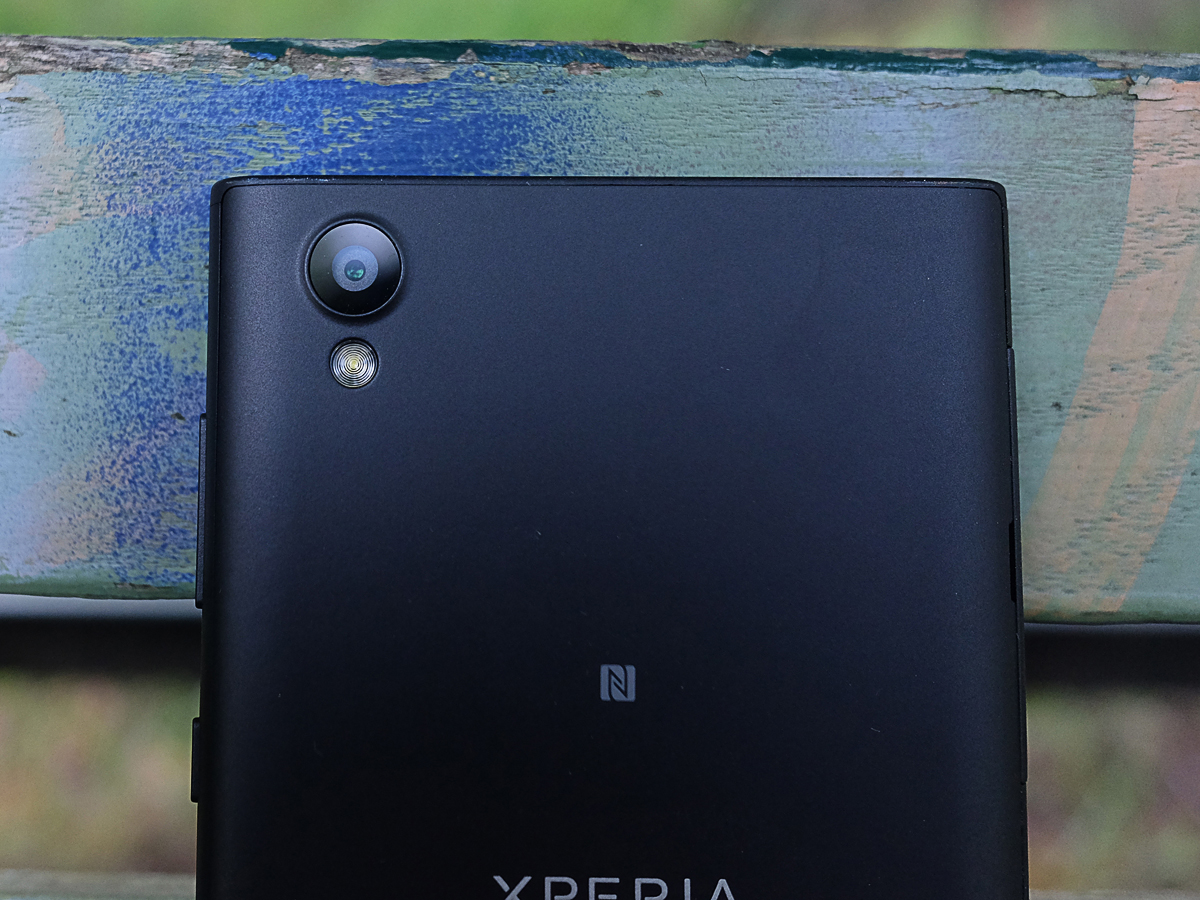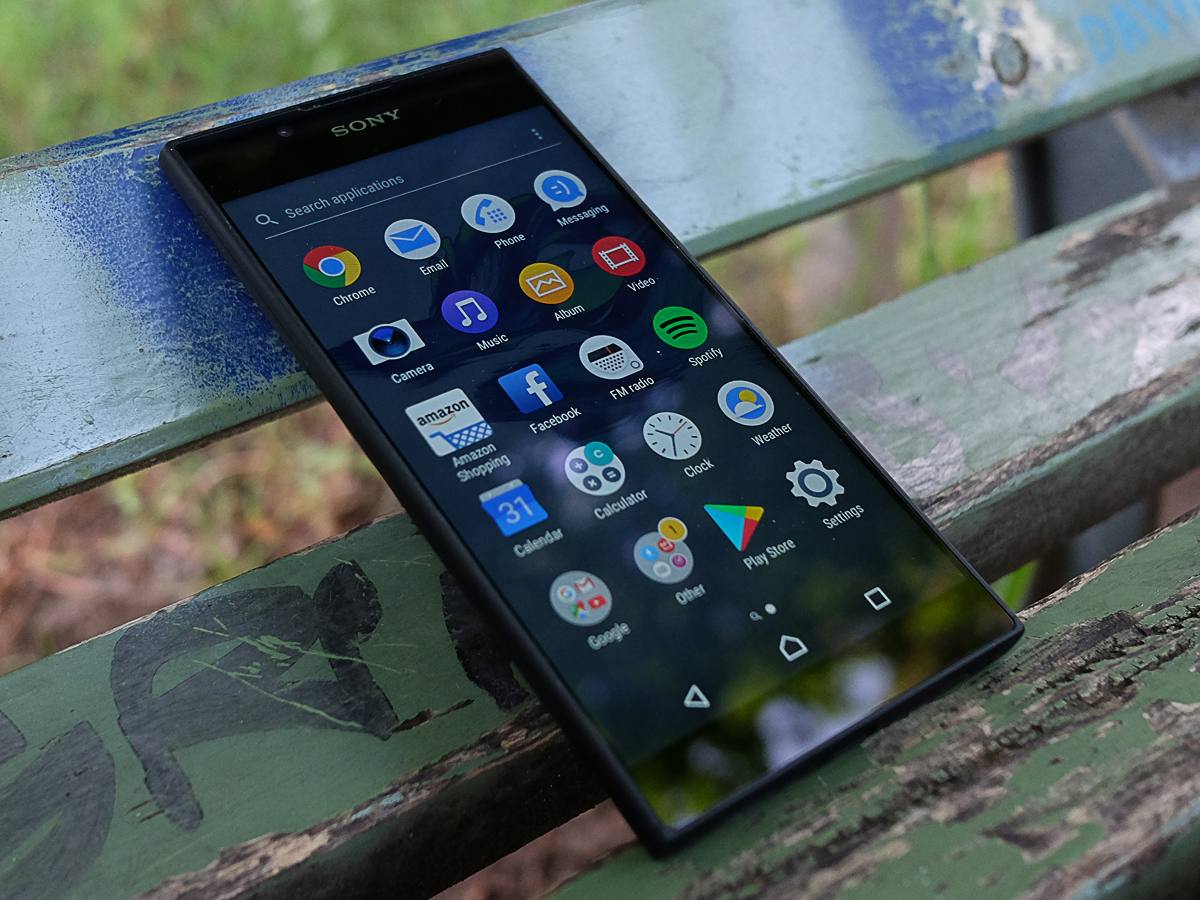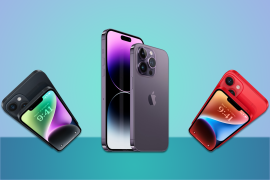Sony Xperia L1 review
A big screen on a big budget, but that’s pretty much all you get
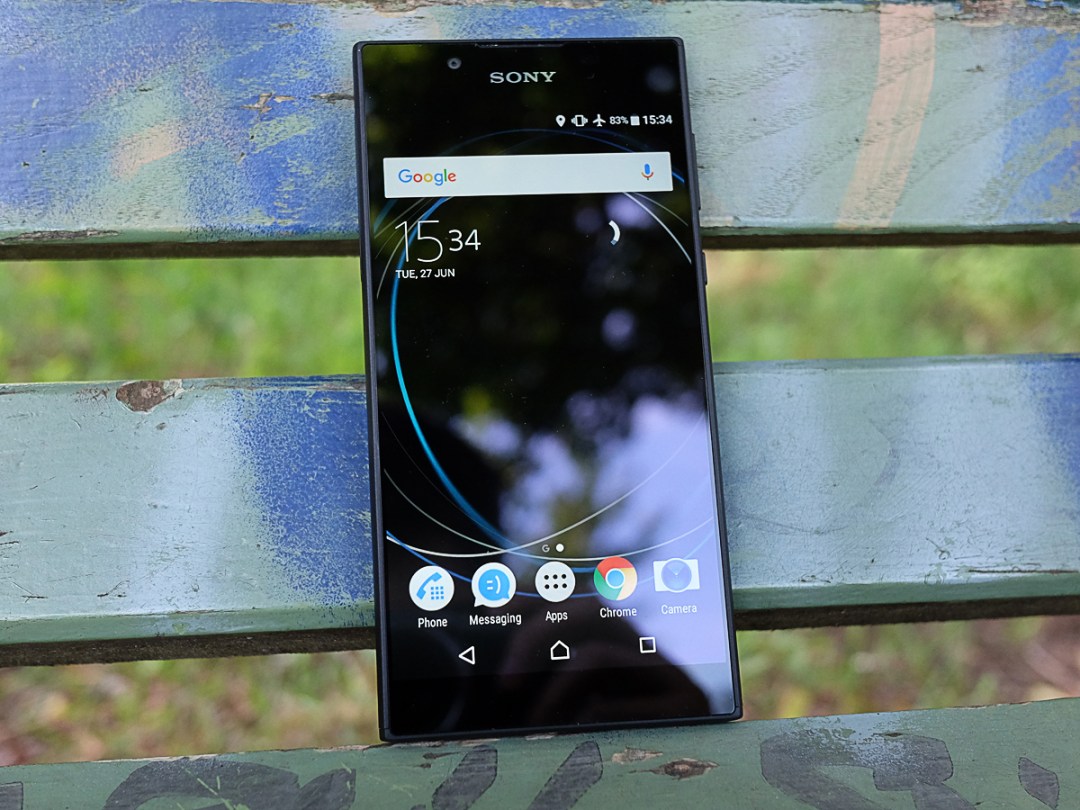
The fight for budget smartphone supremacy has never been tougher, with more cut-price handsets vying for your cash than you’ve got pockets to put ‘em in – But that hasn’t stopped Sony from gloving up and stepping in the ring with the Xperia L1.
It’s a big-screen replacement for the Xperia E, one that borrows more than a bit of design inspiration from Sony’s more expensive models.
Add in a competent camera and one of the better-customised versions of Android, and it certainly makes the weigh-in, but does it hit hard enough to come out on top?
DESIGN & BUILD
The L1 is a great example of Sony’s smartphone design paradox: when every handset looks the same, how can you tell which is the budget bargain, and which is the wallet-busting flagship?
Sure, the 4K display-toting Xperia XZ Premium might have a mirror finish instead of the matte black seen here, but both phones have the same familiar shape Sony has been using for years. It’s one of the reasons we weren’t blown away by the XZ Premium, but it actually works in the L1’s favour.
The polycarbonate shell is much grippier than glass or polished metal, and won’t turn into a mess of smudges and fingerprints as soon as you pick it up, either. The camera lens might not sit flush to the rear, but it doesn’t stick anywhere near as far as the (much more expensive) iPhone 7.
The bezels above and below the screen are still huge, that polycarbonate shell adds quite a bit of heft, and it’s not the skinniest of phones either. But all in all, it’s quite the looker for a budget handset.
Sony has clearly made a few cuts to keep the price down, and unfortunately a fingerprint sensor is one of the casualties. That’s a real shame, especially when Vodafone can find a way to squeeze one into the £85 Smart N8 – it means you’ll have to rely on lockscreen passwords instead.
You do still get a 3.5mm headphone port on the top, microSD card slot built in next to the SIM card tray, and USB-C charging on the bottom though. It’s as up-to-date as you’re going to get for less than £160.
SCREEN & SOUND
A 5.5in screen in a sub-£150 phone is still about as rare as a "good hair day" for Donald Trump, but Sony has had to keep the resolution in check to make it happen here. The Xperia L1 makes do with a 720p panel, which equates to a lowly 267ppi display density.
That’s enough to see individual pixels without breaking out the magnifying glass, but only if you get your nose right up to the screen – for the most part, it’s fine, and you won’t miss out on details in pictures or videos.
Contrast is lacking, though, which doesn’t help when you’re trying to watch films or TV shows. Blacks tend to look a bit more like greys, so dark scenes lose their impact.
Brightness is very impressive for a budget phone, boosting up to very high levels in Auto mode when you step outdoors. You shouldn’t struggle to see what’s onscreen, even on very sunny days.
Colour accuracy is pretty decent, too, delivering realistic images with the vibrancy you’d expect, without becoming overblown. It really helps make photos look their best, even if the sheer pixel count can’t match more expensive phones.
You only get a single speaker, but if you turn on the xLOUD setting, it becomes exactly that: loud. You’ll have no trouble hearing it over the sounds of frying pans or boiling kettles if you’re trying to listen to a podcast while cooking dinner. It doesn’t really distort at all, either, which is pretty impressive. Sound quality isn’t outstanding, but it’s still fine for the price.
PERFORMANCE & BATTERY LIFE
If there’s one part of the Xperia L1 that really gives the game away, it’s the MediaTek MT6737T CPU. You won’t find this chip in anything but the cheapest phones going.
Four cores ticking along at 1.45GHz might sound like plenty, and if you stick to benchmark scores, it is – the L1 outperforms the likes of Motorola’s Moto E4, and even bests phones with Qualcomm’s Snapdragon 425. In practice, though? It’s a different story.
Even right out of the box, before downloading apps and signing into accounts, the L1 feels a bit sluggish, with noticeable delay opening the Google Play Store, Chrome or even the phone dialler. Most other budget phones are guilty of this too, but it’s still annoying.
Games don’t fare much better, but at least the lower resolution means the GPU doesn’t have to work as hard to get playable frame rates. You’ll have a better time here than on a 1080p phone with a similar setup.
It might be low-powered, but that also means the CPU isn’t a massive power drain. Despite the comparatively tiny 2620mAh battery, the Xperia L1 can manage a respectable eight hours of web browsing, social media scrolling and photo snapping.
Stick to streaming video and you might see north of 11 hours – it’s a lot, but not enough to comfortably get to the end of the day without needing to top up at least once.
Similarly-priced phones like the Moto G5 are better suited for all-day use, and if ultra-long life away from the mains is your main criteria for a new phone, you’d be better off spending the extra on Lenovo’s P2. It’ll go more than twice the time between charges as the Xperia L1.
SOFTWARE
Sony’s always had a light touch when it comes to customising Android, and the Xperia L1 is no different.
It’s running Nougat out of the box, with Sony’s familiar icons replacing Google’s own and the Swiftkey keyboard installed by default. You can always add a theme if you want a different look – the launcher has both free and paid-for themes available to download.
You get a good old fashioned app drawer, plus a handy recent apps list when you swipe down on the homescreen. That app drawer is pretty full, as Sony does like to add its own versions of Google’s apps. If you already use Google Play Music and Google Photos, then Sony’s alternatives are mostly going to be left ignored.
New additions in Android Nougat like split screen and rich notifications make an appearance, and the notification tray looks just like Google’s own, so it shouldn’t be too hard to make the switch if you’re coming from something other than a Sony phone.
CAMERA
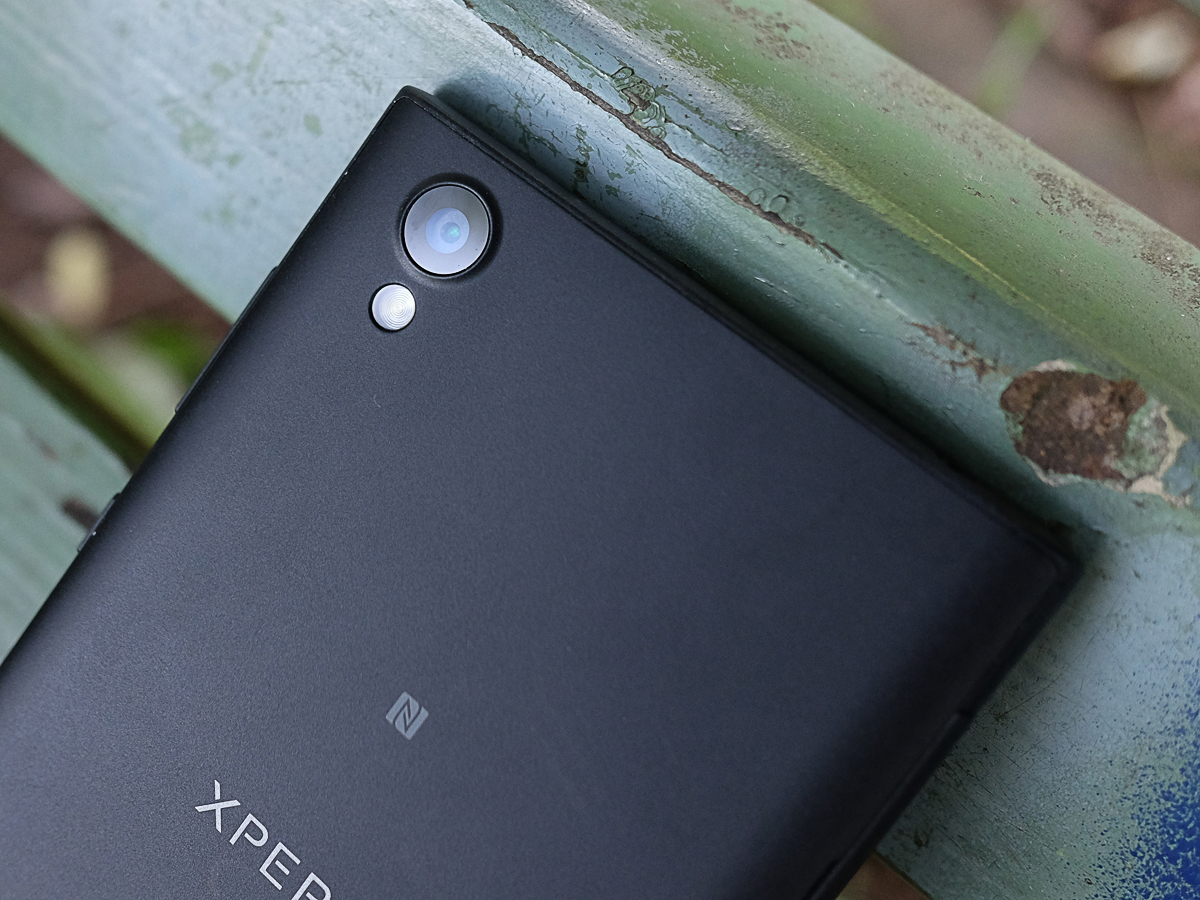
Sony puts a lot of stock in its phone cameras, so you’d expect the Xperia L1’s 13MP snapper to be pretty decent. And for the price, it is – as long as you watch out for its limitations.
Feed it enough light and you’ll be rewarded with colourful, yet realistic photos with a respectable amount of detail. Zoom in and you’ll quickly spot the noise and lack of resolution, but most of your shots should still be fine for sharing online.
The phase-detect autofocus system isn’t the quickest, though, and is easily fooled, so you’ve got to make sure your subject is in focus if you want the sharpest results. A lot of the time, that’s harder than you think – things appear sharp onscreen, but the finished photo can end up blurry.
HDR doesn’t always kick in for the shots you’d expect it to, and you’ve got to switch to manual mode to force it on. When you do, it’s dead slow – saving a single photo can take several seconds.
The f/2.2 lens isn’t especially wide, either, and with no optical image stabilisation, low light shooting can be a bit of a challenge. You’ll need a steady hand and patience to get great results using the manual mode, . There’s an LED flash, but it doesn’t create the most realistic snaps.
Sony Xperia L1 Verdict
On the surface, the Xperia L1 is a respectable budget phone. It’s packing a big screen, decent camera and fairly restrained version of Android, all wrapped up in an attractive shell. Stick it in a line-up of other, more expensive Xperia phones and you’d struggle to tell it was the one that’s easiest on the wallet.
It’s down on power, though, battery life is just about OK, and other, similarly-priced phones like the Moto G5 can match it for camera picture quality. Still, if a bigger screen is a must, the L1 is still worth thinking about, as all the other big-name competitors have similar foibles.
Just keep in mind that taking your chances on a smaller-brand Chinese handset and your money might go further.
READ MORE › The 10 best smartphones in the world right now
Tech specs
| SCREEN | 5.5in 1280×720 LCD |
| CPU | Mediatek MT6737T quad-core |
| MEMORY | 2GB RAM |
| CAMERA | 13MP, f/2.2 rear w/ autofocus, LED flash. 5MP, f/2.2 front |
| STORAGE | 16GB on-board, microSD expansion |
| OPERATING SYSTEM | Android 7 Nougat w/ Xperia UI |
| BATTERY | 2620mAh non-removable |
| DIMENSIONS | 151x74x8.7mm, 180g |
Stuff Says…
Sony’s signature style works in its favour, and the big screen is great at this price, but the Xperia L doesn’t do much else to take the win over similarly-priced rivals
Good Stuff
5.5in screen feels plenty big enough for a sub-£200 phone
5.5in screen feels plenty big enough for a sub-£200 phone
Xperia UI doesn’t get in your way
Bad Stuff
Only average performance and battery life
Camera quality is merely ok
As a whole package, it can’t match the competition
